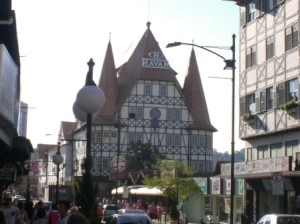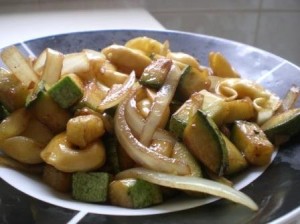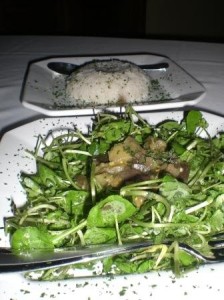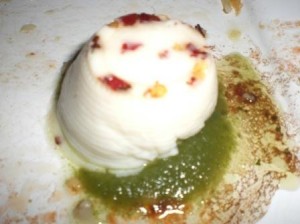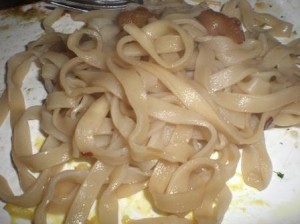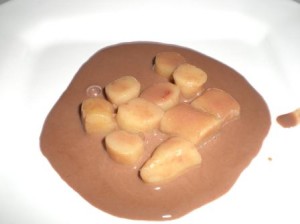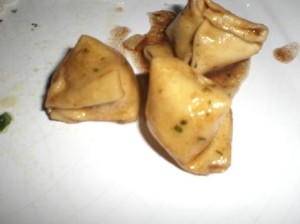On our drive back from Floripa we took the opportunity to spend the night in the city of Blumenau, Brazil in the state of Santa Catarina. We had heard so much about it since moving to Brazil especially about the Oktoberfest there. The one here actually does take place in October, usually the first two weeks.
This part of the country is in an area called the European Valley. Here there are towns with residents which have held tight to their strong European roots. The area reflects the cultures of Italy and German and in many places Italian and German are spoken as much or more than Portuguese.

Blumenau still has some remaining German touches within it. The main street through the city has a German feel and there are some buildings that look like they are straight out of old Europe, however, it has changed a lot. We’ve learned that you really have to go to some of the smaller towns to experience the strong German influence and unfortunately we didn’t have time this trip.
Despite the lesser German feel of the city, the food was top notch. The best part about the area was the beer. Microbreweries are all over the area some featuring selections we can’t get anywhere else. We stopped for beer and snacks in the center of town to get some Eisenbahn which is brewed in Blumenau.

We can also get this beer in Curitiba, but I it was incredibly fresh from the source and tasted amazing. My favorite is the Weiss. Our snack was fried mandioca wrapped in bacon. This was something different for us and I’m so glad we tried it. Mandioca (manioc, yucca) is a really unique root vegetable for me and it was excellent prepared like this.
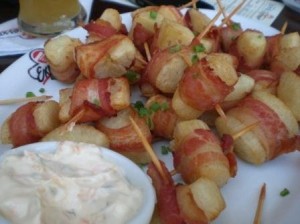
Aside from all the seafood on the rest of our trip, the other meal we couldn’t wait to have was at the restaurant Frohsinn which sits atop the city offering some great views. We were really expecting more of a beer garden, but this place turned out to be a bit of an upscale restaurant. Good thing it is hard to be underdressed in Brazil! Jeans are pretty much accepted everywhere.
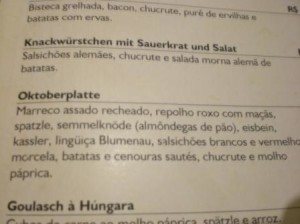
We couldn’t resist the Oktoberfest Platter. Of course they said it was for two people, but four could have eaten it. Look at this thing!

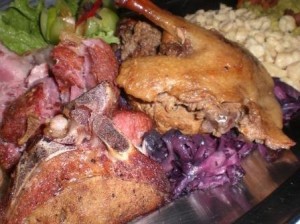
It featured stuffed duck, sausages, pork knee, some other random pork meats, spaetzle, pureed peas with bacon, sauerkraut and potatoes. It was quite a feast! I think the pork knee was my favorite. It was actually a little better than the one I had in Vienna last summer.
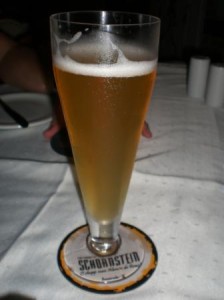
Unfortunately we were too full for dessert that night. Don’t you think we should be! You’ve seen all this wonderful food from our trip and now it has finally come to an end. From pastries to seafood to German fare it was quite a food-filled adventure!

